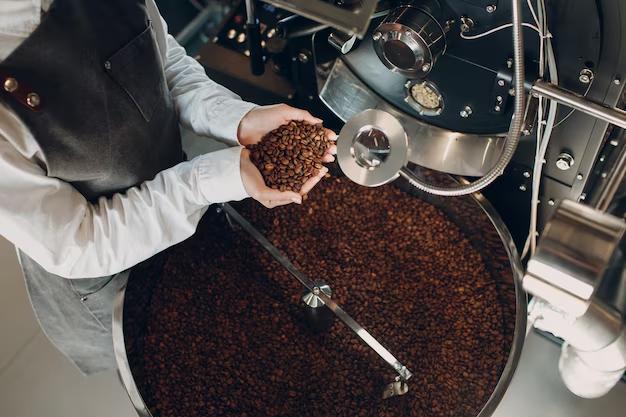Kona coffee – known for its smooth, well-balanced taste – might seem an unlikely candidate for the world of espresso. But fear not, espresso enthusiasts! This Hawaiian treasure can be brewed into a bold and flavorful shot, perfect for kicking off your day or serving as a base for delectable coffee drinks. Here’s your guide to brewing Kona coffee for an unforgettable espresso experience.
Choosing the Right Roast: Kona’s Dark Side

For espresso, Kona coffee shines brightest (or should we say, darkest) in a dark roast. The extended roasting time intensifies the bean’s natural sweetness, accentuates bolder flavors, and creates a richer body – ideal for espresso’s concentrated format.
Freshness is Key: Unlocking Kona’s Potential
As with any coffee, freshness is paramount for a delicious espresso experience. KonaCoffee.com offers a variety of freshly roasted Kona coffee beans specifically suited for espresso brewing. Opt for whole beans and grind them just before brewing to preserve the precious oils and aromas that contribute to a flavorful espresso shot.
The Grind: A Balancing Act

Grind size plays a crucial role in espresso extraction. For espresso, you’ll need a fine grind, similar to the texture of table salt. This ensures even water distribution and optimal extraction during the brewing process. If your grind is too coarse, the water will flow through too quickly, resulting in a weak and sour shot. Conversely, a grind that’s too fine can lead to over-extraction and a bitter taste.
Equipment Essentials: Brewing Kona Coffee for Espresso

There are several ways to brew espresso at home. Here’s a quick rundown of popular methods:
- Steam Espresso Machine: The classic choice for espresso enthusiasts. Experiment with tamping pressure and brewing time to find the perfect balance of flavor and strength.
- Moka Pot: This stovetop brewer offers a strong, concentrated coffee that approximates espresso. While not technically true espresso, it’s a great option for those who don’t have an espresso machine.
Dialing In Your Kona Espresso: A Taste Adventure
The beauty of brewing espresso is the ability to customize it to your taste. Here are some tips:
- Start with a Baseline: Begin with a standard espresso recipe (around a 2:1 ratio of water to espresso grounds) and adjust from there.
- Taste and Adjust: The first shot might not be perfect. Dial in your grind size, dosage, and brewing time based on the taste of your espresso. You’re aiming for a balanced shot with a rich crema (the golden foam on top).
Kona Coffee: Beyond the Expected
Kona coffee is more than just a luxurious pour-over. With the right roast, grind, and brewing method, you can unlock its potential for a bold and flavorful espresso experience. Visit KonaCoffee.com today and explore our selection of Kona coffee beans, perfectly roasted for espresso. Mahalo (thank you) for choosing KonaCoffee.com!






























